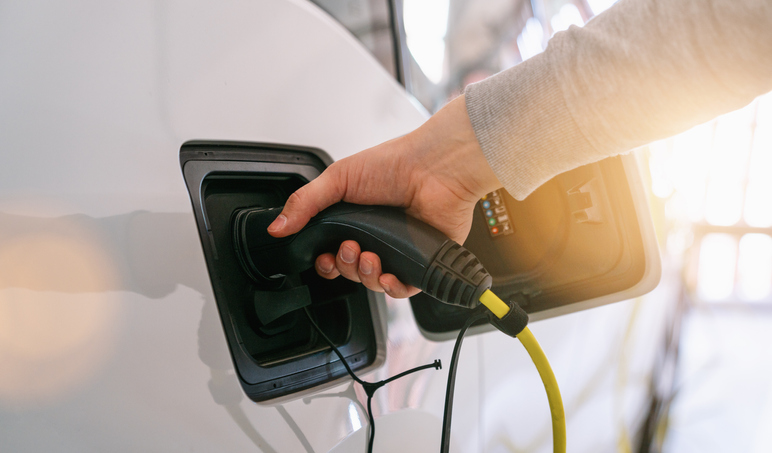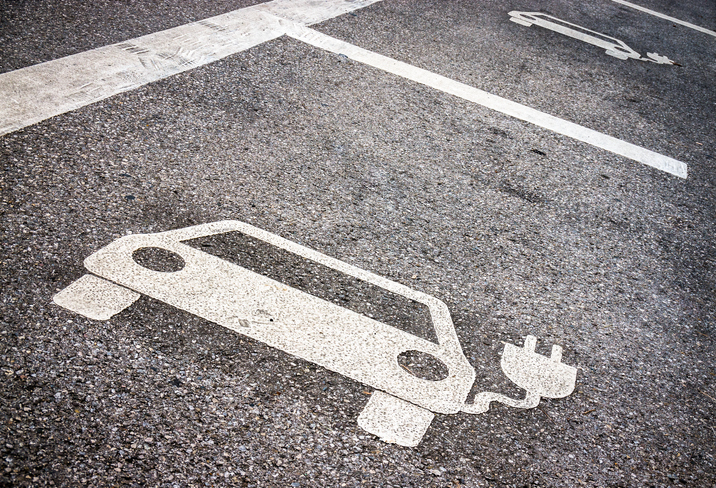3 Common Challenges to EV Repairs: What the Hybrid and Electric Vehicle Mechanic Should Know

Today, the automotive industry is preparing for the increased popularity of electric vehicles. Though these types of autos only make up a small percentage of the overall market, trends are showing that they will likely become more popular as time goes on. Most large auto manufacturers today are already beginning to develop and release affordable, high-quality electric or hybrid vehicles.
What auto mechanics should know about electric vehicles is that they work slightly differently than their internally-combusting counterparts. An electric engine has fewer moving parts than a typical internal combustion engine, resulting in generally less need for maintenance and less things that can go wrong. However, the parts that are present need to be cared for and maintained in specialized ways.
Auto mechanics working in the field today benefit from having the knowledge and skills to be able to effectively repair and maintain electric vehicles. For this, they need to be educated on electrical safety, specialized components, high voltage systems, and more. Read on to learn about the three most common challenges mechanics face when working with electric vehicles.
Working with the High Voltage System Safely
The most crucial specialized component in an electric vehicle is the high voltage system. The battery in an electric car differs from a typical car battery in that it is much larger and much more powerful. High voltage batteries utilize 300 volts or more of electricity. This powerful system, if not disarmed properly, can severely injure or even fatally wound a person who isn’t a licensed hybrid and electric vehicle mechanic.

Mechanics should be thoroughly trained in engaging with high voltage systems before they attempt to perform maintenance on an electric vehicle. Rules of conduct and protective measures are necessary to prevent injury and harm. Appropriate training, like a specialized course, should be taken to inform mechanics of aspects such as shutdown and startup procedures. Special personal protective equipment should also be worn to insulate mechanics from electrical currents and harmful battery chemicals.
Become Familiar with Regenerative Braking Systems in Hybrid and Electrical Mechanic Training
Aspiring and current mechanics should become familiar with an electric vehicle’s braking system prior to working with them. The key difference is that electric vehicles use something called regenerative braking. This is a braking method that harnesses kinetic energy created by the braking system to charge the car battery a bit.
Typically, a car’s brakes work by dispelling energy into wasted heat upon braking. In a hybrid or electric vehicle, that energy is partially re-absorbed into the engine so that it can be re-used. A professional with hybrid and electrical mechanic training will know that despite this, the parts used for an electric vehicle’s braking system are still fundamentally the same as those in a gas-powered car. However, mechanics should be careful regarding the electricity generated by the braking system.
Hybrid and Electric Vehicle Mechanics Should Be Attentive to Tires
Another important aspect to be aware of when performing maintenance on electric vehicles is the tire set. Electric vehicles tend to be much heavier than cars with internal combustion engines because of the large battery they have. Compounding this weight problem is the generation of instant torque. Electric motors generate instant torque, meaning that they can accelerate quickly and immediately after a dead stop.

The added weight and the instant torque come together to make an electric vehicle’s tires much more vulnerable to wear. Mechanics should know that electric vehicles will require more frequent tire rotations and analyses to ensure that everything is in working order.
Are you interested in learning more by taking a hybrid and electrical mechanic course?
Contact Automotive Training Centres for more information!

